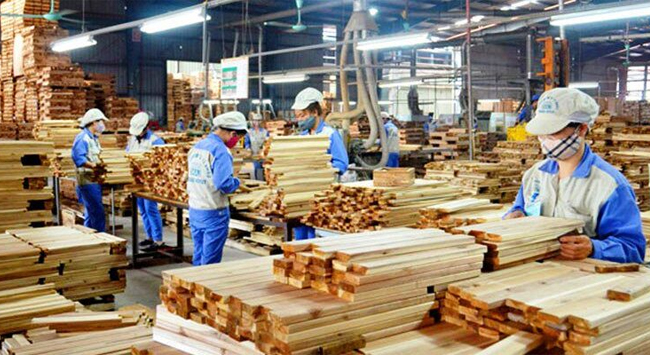Wednesday, April 17, 2024
|
Listen to this news
|

Vietnam has now become concerned with planting a large-sized timber forest to increase it’s wood export market. According to the professionals, certification of more than one million hectares of large-sized timber forest can be a passport for Vietnam’s wood processing industry to increase exports and reduce dependance on imported raw materials. Experts say, it can be helpful in Vietnam’s wood export market as well.
The southeast Asian country is planning to plant almost 4 million hectares of production forests, which provide about 20 million cubic metres of wood, planted mainly with acacia, eucalyptus, cinnamon, and pine. However, government forest authorities have urged producers to switch to investing in large-sized timber forests to further increase market value.
Statistically, out of the 4 million hectares of production forests, approximately 440,000 hectares are devoted to large timber plantations with trees older than ten years, representing around 10% of the total area.
In 2022, Vietnam’s forest products exports generated US $15.67 billion in revenue, with plans to increase this figure to US $18-20 billion by 2025 and US $23-25 billion by 2030.
Following land tenure reforms initiated in the late 1980s, the Vietnamese government began distributing land previously managed by state forest enterprises to farmers. With an allocation of approximately 2–3 hectares per household for long-term use, these farmers have been motivated to engage in tree cultivation.
In these smaller ‘plantations,’ predominantly of acacia, the harvesting cycle is quite brief, ranging between 4 and 6 years, which is too short to yield logs suitable for milling. Consequently, the majority of these trees are sold as woodchips.
Acacia stands as one of the primary trees in Vietnam’s production forests. Yet, it is evident that the development of this species continues to encounter significant obstacles. Additionally, acacia is fast-growing and can grow in harsher conditions where other species cannot, quickly bringing income for forest growers, especially households without long-term investment capital.
The Ministry of Agriculture and Rural Development has submitted a policy to encourage forest planters and wood export market to borrow capital to grow large trees and is developing a plantations project for 2023-2030.
Read more news on: wood market and forestry
Tags: Forestry, Vietnam, wood and panel, wood market, woodworking, woodworking and processing, woodworking industry
Comments: